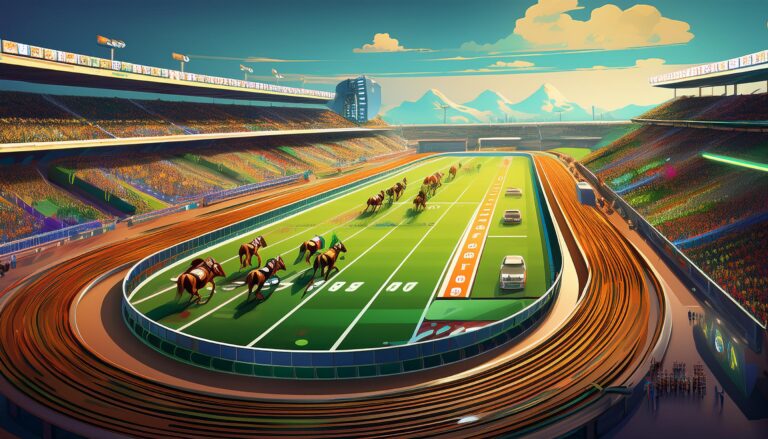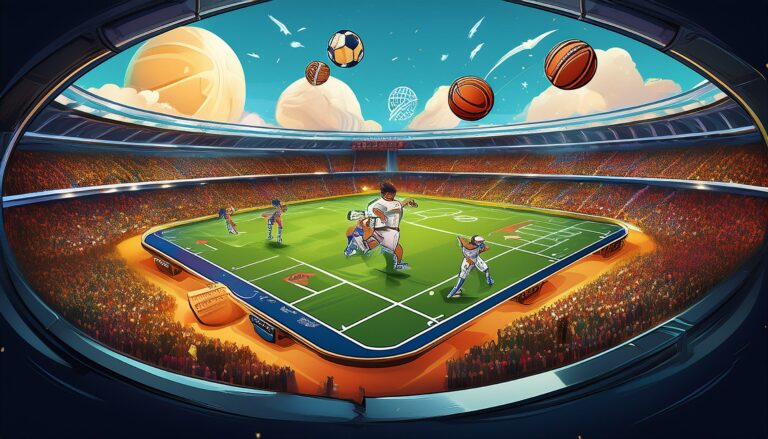The Evolution of Cricket Pads: From Traditional to High-Tech Designs
Play99exch, Sky247 Login: >Cricketers have been using protective gear for centuries to shield themselves from injury on the cricket field. One of the most crucial pieces of protective equipment in cricket is the cricket pad. Over the years, cricket pads have evolved from traditional, basic designs to high-tech, cutting-edge equipment that provides maximum protection to players. Let’s take a closer look at how cricket pads have evolved over the years.
Traditional Cricket Pads
Early cricket pads were rudimentary in design and provided limited protection to players. They were usually made of leather and stuffed with cotton or wool to cushion the impact of the ball. These traditional pads were bulky and heavy, making it cumbersome for players to move freely on the field. Despite their shortcomings, these pads were a significant improvement over no protection at all.
Introduction of Foam and Plastic
In the 1960s, foam and plastic materials were introduced in the manufacturing of cricket pads, revolutionizing the design of protective gear. Foam padding provided better shock absorption, while plastic inserts reinforced the structure of the pad, making it more durable and lightweight. These advancements in materials made cricket pads more comfortable to wear and significantly reduced the risk of injury for players.
Ergonomic Designs
As technology advanced, cricket pad manufacturers began focusing on creating ergonomic designs that offered maximum protection without compromising on mobility. The introduction of Velcro straps and adjustable buckles allowed players to customize the fit of their pads, ensuring a snug and comfortable feel. Additionally, contoured designs and reinforced knee rolls improved the overall durability and performance of cricket pads.
High-Tech Materials
In recent years, cricket pads have seen a surge in the use of high-tech materials such as carbon fiber and Kevlar. These lightweight yet incredibly strong materials provide unmatched protection against impact forces, reducing the risk of serious injury to players. Moisture-wicking fabrics have also been integrated into the design of cricket pads, ensuring players stay dry and comfortable throughout the game.
Impact Absorption Technology
Modern cricket pads come equipped with advanced impact absorption technology that disperses the force of a cricket ball impact across the surface of the pad. This technology minimizes the risk of injury by preventing concentrated impact in specific areas. Some pads even feature gel inserts or air cushions for added shock absorption, further enhancing the protective capabilities of the gear.
Future Innovations
With advancements in materials science and biomechanics, the future of cricket pads looks incredibly promising. Manufacturers are constantly researching and developing new technologies to improve the safety and performance of cricket pads. From smart sensors that monitor impact forces to customizable padding systems tailored to individual players’ needs, the possibilities for innovation in cricket pad design are endless.
Conclusion
From humble beginnings as basic leather pads to high-tech, cutting-edge equipment, the evolution of cricket pads has been nothing short of remarkable. Today, cricketers have access to a wide range of pads that offer unparalleled protection, comfort, and performance on the field. As technology continues to advance, we can expect even more innovations in cricket pad design that will further enhance the safety and enjoyment of the game.
FAQs
Q: Are high-tech cricket pads worth the investment?
A: Yes, high-tech cricket pads offer superior protection and comfort, making them a worthwhile investment for serious players.
Q: How often should cricket pads be replaced?
A: Cricket pads should be replaced every 2-3 years or sooner if they show signs of wear and tear.
Q: Can I wash my cricket pads?
A: Consult the manufacturer’s instructions for specific care guidelines, but most cricket pads can be wiped down with a damp cloth.







